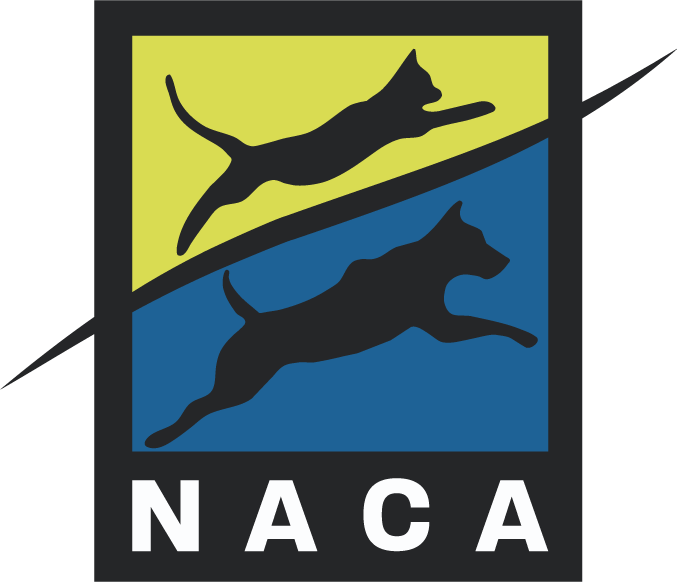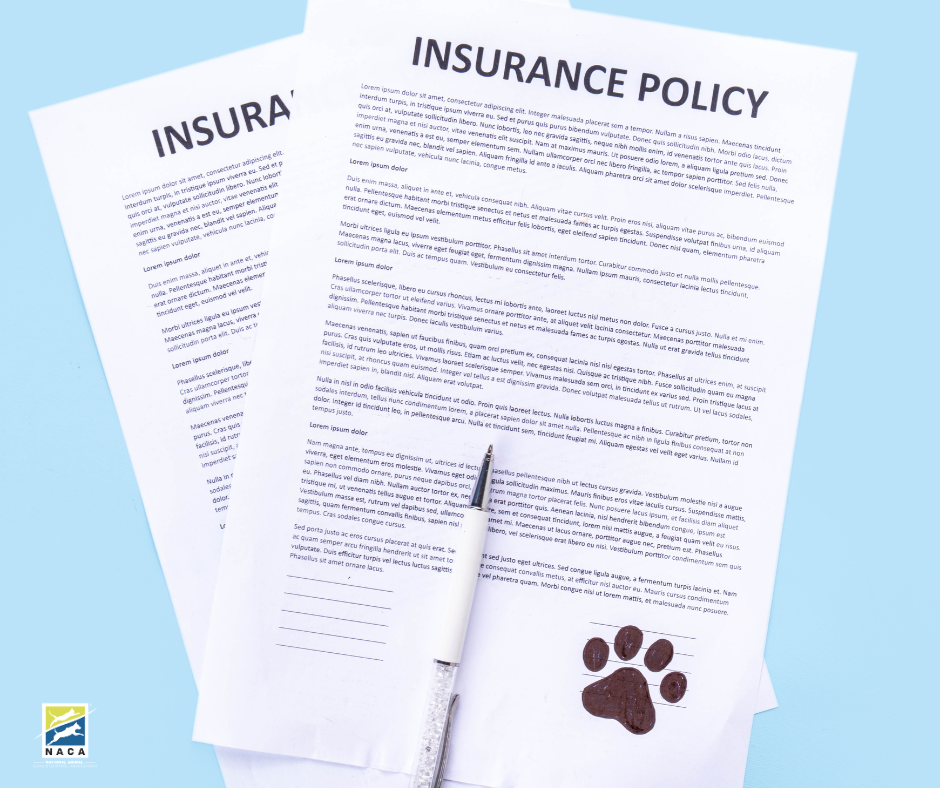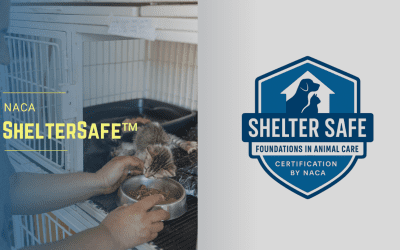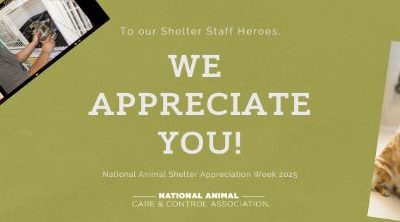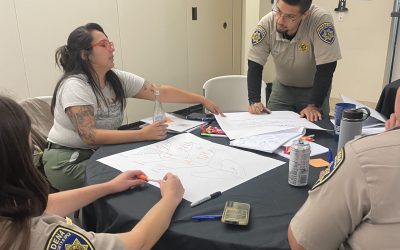Why Insurance Matters in Animal Services
Animal services are built on compassion and community protection. Every Animal Control Officer (ACO), shelter worker, and volunteer shows up because they believe in giving animals and people a safe environment. But behind every rescue, impound, and adoption lies something less visible but absolutely essential: insurance and liability protection.
Whether an agency is publicly run by a city or county or privately funded through a nonprofit, one fact remains: they must maintain liability coverage to operate. Without it, shelters can’t open their doors, officers can’t place animals safely, and the public’s trust is put at risk. Insurance is what shields organizations—and the municipalities behind them—from devastating financial exposure.
The Shifting Risk Landscape
Animal services come with inherent risks, especially when it comes to dogs with bite histories or unpredictable behaviors. If a dog with a documented bite history is adopted out and injures again, the agency could face lawsuits costing hundreds of thousands of dollars.
For municipal agencies, this risk doesn’t just fall on the shelter—it extends to the city or county government, their risk management teams, and ultimately taxpayers. For nonprofits, the consequences can be even more severe, sometimes resulting in the loss of insurance altogether. Either way, once an organization is deemed uninsurable, its ability to place animals or even operate is jeopardized.
Waivers: Limited Protection
Waivers may seem like a solution for transferring liability when adopting out a risky dog. But legally, a signed waiver does not erase the organization’s responsibility—especially if there is prior knowledge of the dog’s behavior. Courts often find that shelters and agencies hold a continuing duty of care, no matter the paperwork.
For municipal agencies, the issue is compounded: liability waivers rarely shield government entities from claims. Ultimately, thorough documentation, risk-based decision-making, and full transparency remain the most reliable safeguards for both officers and agencies.
When Euthanasia Isn’t Optional
Behavioral euthanasia is one of the most painful realities of the job. But in many cases, it’s not optional. Holding onto a dangerous dog without a safe adoption pathway endangers staff, volunteers, foster families, and the public.
For ACOs, this reality often plays out in the field. Officers may be the first to document aggression, enforce dangerous dog ordinances, or testify in court cases. Their reports and actions directly affect both community safety and insurance risk. These are not cold or careless decisions—they are decisions made to protect people, preserve resources, and keep doors open for the majority of animals that can be safely rehomed.
What Officers and Communities Can Do
- Document Thoroughly: Clear, detailed reports from ACOs on bite incidents, behavioral concerns, and housing conditions create a strong foundation for risk management.
- Support Behavioral Programs: Training, enrichment, and behavior modification programs reduce liability while giving more animals a safe chance at adoption.
- Promote Prevention: Spay/neuter, licensing, and community outreach reduce intake and minimize the flow of high-risk cases into shelters.
- Be the Safety Net: Fostering, adopting, and volunteering—especially with pets that are often overlooked—helps relieve shelter pressure and mitigate tough placement decisions.
Why This Matters for ACOs
For most NACA members working in municipal field services, insurance may feel like an administrative issue outside of daily duties. But it impacts everything:
- If a shelter loses coverage, ACO impounds may have nowhere to go.
- Bite histories and dangerous dog cases create liability that must be carefully documented and managed.
- Government leaders look to field officers’ reports and testimony to justify risk-based decisions in court or council chambers.
Insurance may sit behind the scenes, but it underpins the authority, safety, and sustainability of every municipal program.
A Shelter Without Insurance Can’t Operate
It really is that simple. Insurance is not just paperwork—it’s the safety net that allows animal services agencies to save lives while protecting communities. Without it, there’s no intake plan, no adoptions, and no second chances.
As a profession, we must work together—field officers, administrators, nonprofits, and the public—to ensure shelters don’t have to choose between safety and compassion. With the right systems, documentation, and community support, we can give animals second chances without sacrificing public trust or officer safety.

